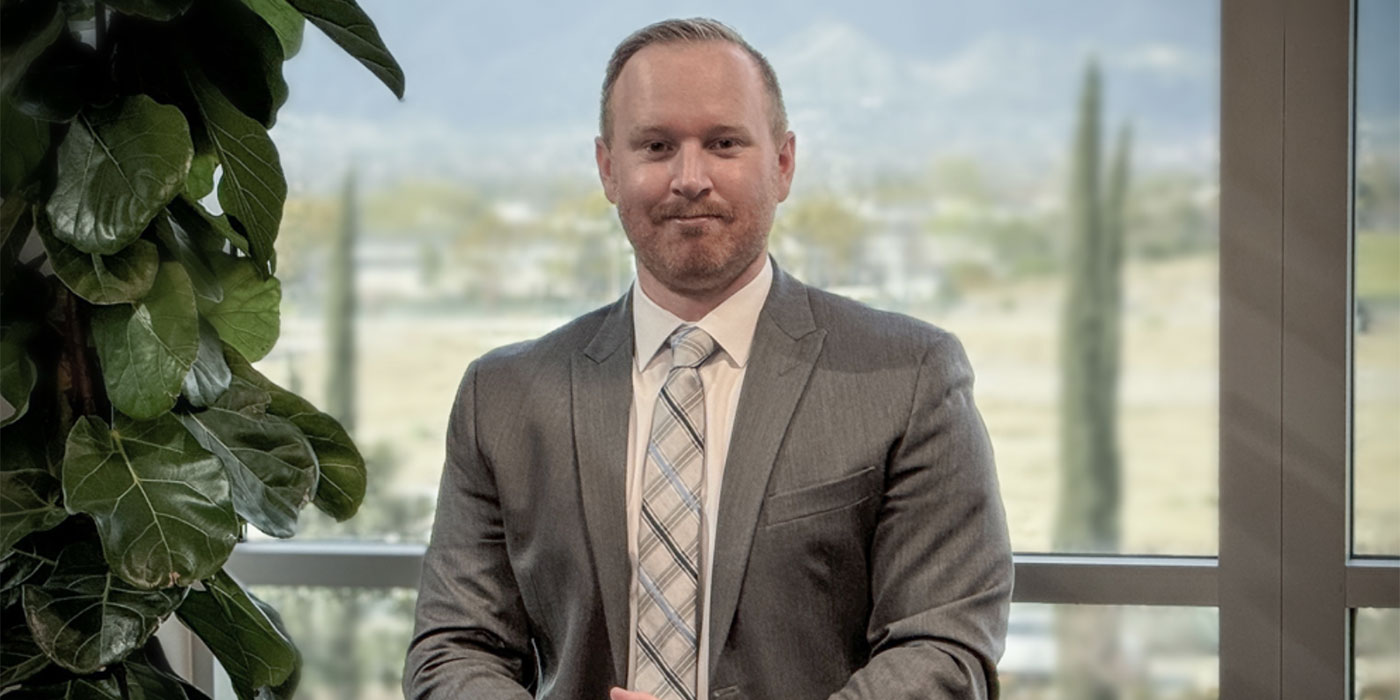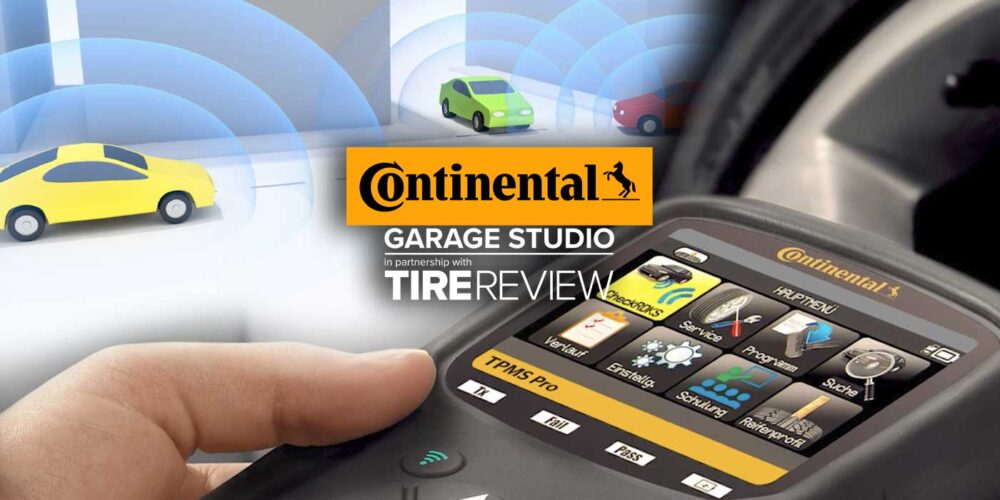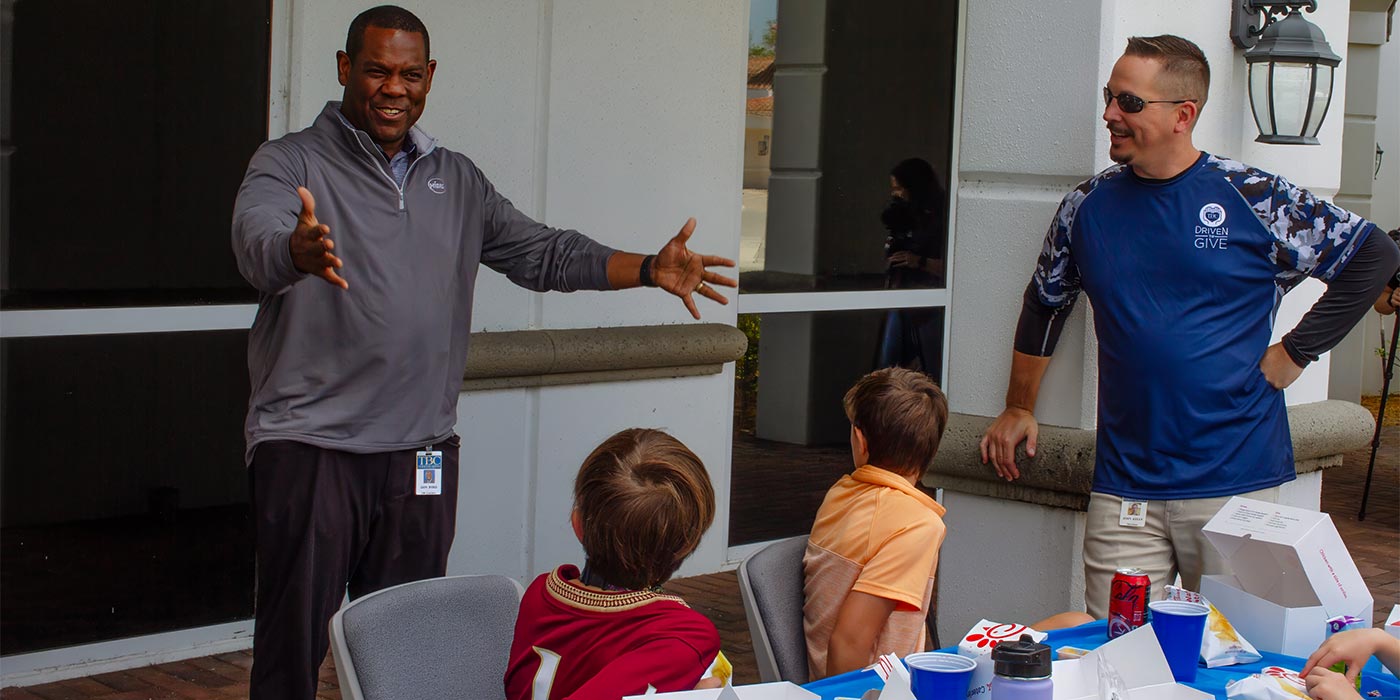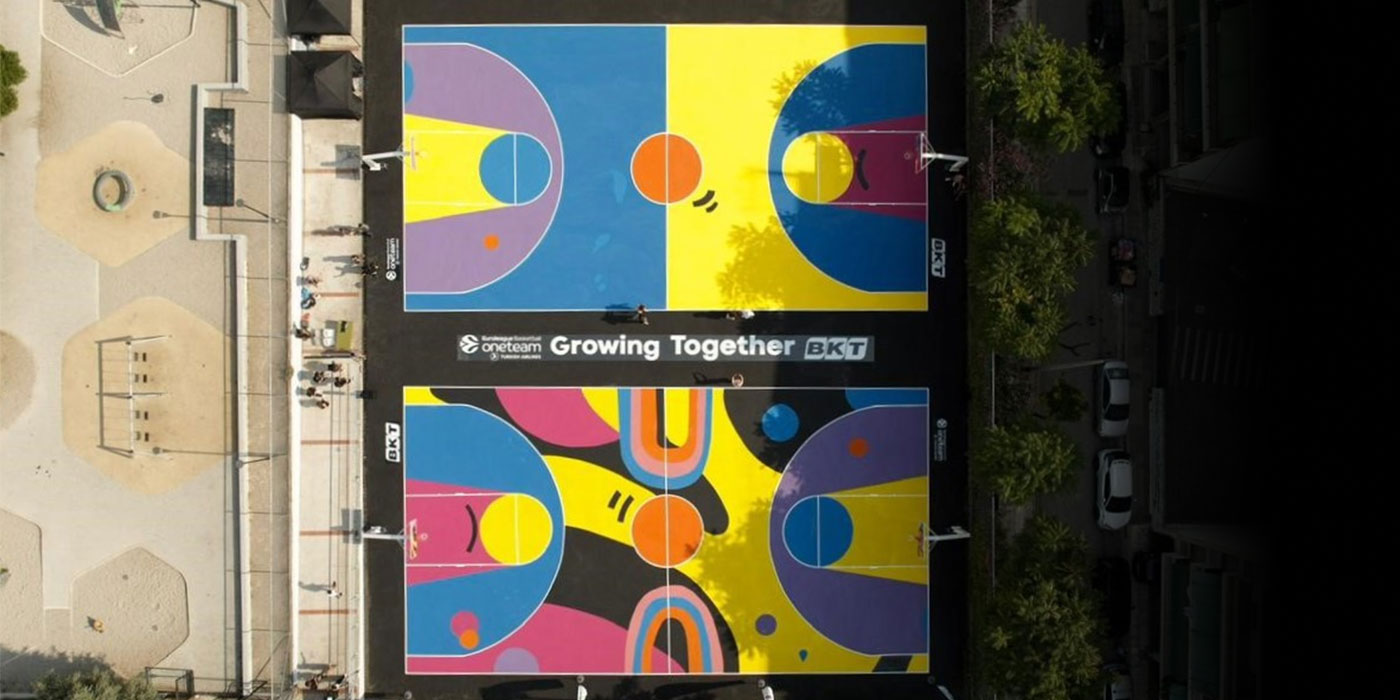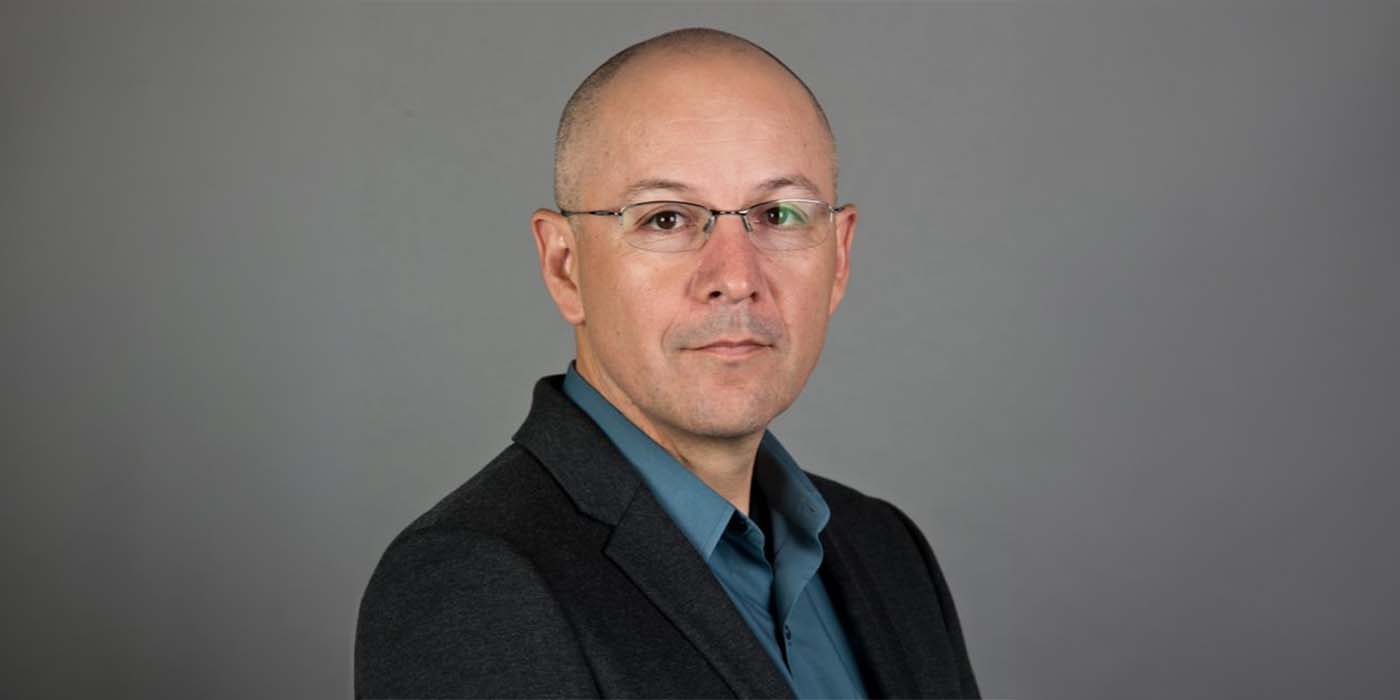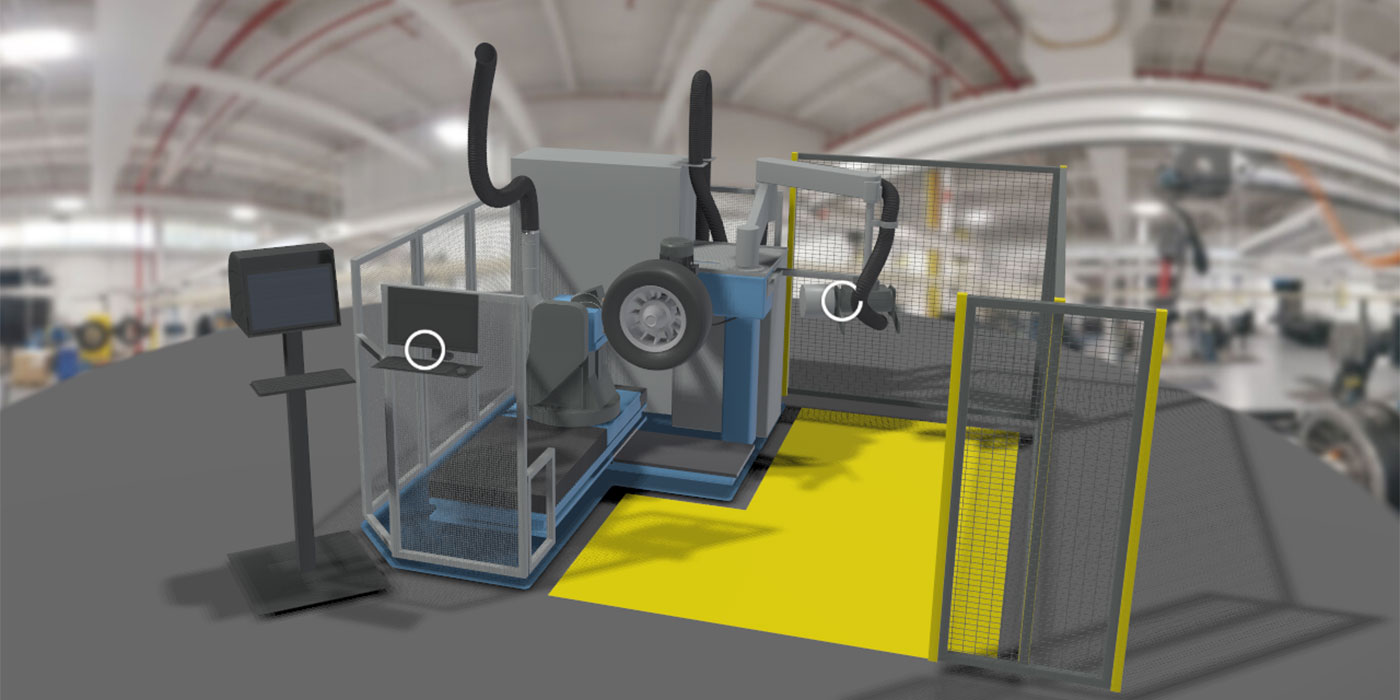And, with annual sales of around $800 million and debts of only $100 million, the company has a good credit rating and is willing to go to great lengths in order to achieve this end.
The plan, which is already underway, is to enact a radical restructuring programme that will see Sibur-Russian Tyres focus on high value business (like its currently strong truck tyre operation), and offer itself up to premium international manufacturers as a minority shareholder in a new Greenfield passenger car tyre production joint venture. In an interview with Tyres & Accessories during Brityrex International ‘07, Sibur-Russian Tyres business development director Igor Karavaev explained just how his company planned to achieve this; and what lessons they have learnt from certain other Russian tyre businesses.
Perhaps the most striking revelation Tyres & Accessories came away with after meeting with Igor Karavaev was that Sibur-Russian Tyres would be willing to hand over majority status in a Russian greenfield PCR production joint venture to the right premium level international manufacturing partner. No particular names were mentioned in relation to the possible deal, but it is the first time Sibur-Russian Tyres has suggested that it would be willing to work as a minority shareholder. Despite considering the minority option the company is expected to split any future production capacity the proposed factory would make 50:50.
“We are ready to discuss the chance of being a minority shareholding a greenfield joint venture in premium passenger car tyre production. And we are ready to give over operational control and technological oversight,” Karavaev told Tyres & Accessories. The company’s intention to aim for the skies with this project is clear – and in building such a new plant, the object is to make it “one of the best in the world.”
When this article went to press there was no official word of exactly who a potential partner might be. Instead Igor Karavaev left his options open, saying a future partner might be: “Japanese, Korean or European.” Pressed on what the timescale associated with such an offer might be, Karavaev explained that the joint venture door will only close when all the big players have localised in the Russian market – “as is already the case in China.”
In exchange for providing investment, infrastructure, workforce and business assistance on the ground, Sibur-Russian is looking for a company that would be able to provide its Cordiant PCR range with some “A segment” tyre production know-how. This technology upgrade plays an important part in the company’s decision to move away from the less profitable segments it has previously operated in. Results of this strategy can already be seen in the reduction of Sibur-Russian’s overall domestic market share from 40% to 35% in 18 months.
The difficulty outside companies have encountered when working in Russia (just ask Continental about Moscow Tyre Plant or Amtel-Vredestein about their current share price) mean there is no doubt Sibur-Russian’s JV offer is a valuable proposal for companies looking to expand in the Russian market.
Another strategic focus for the future is likely to be the company’s range of all-steel truck tyres. These already have a good name in Russia – so much so that certain far-eastern manufacturers have begun copying their products as a way into the Russian market. The company is obviously proud of its performance in this segment, and as such Karavaev made it clear that the company would never go any lower than 50:50 as far as its truck tyre production is concerned.
On the subject of radialisation, Karavaev expects bias products to stubbornly remain in the Russian truck tyre market for as long as 10 to 15 years. For him the major radialisation roadblock is government spending on road infrastructure outside the largest cities. And as long as the trunk roads going east are sub-standard, hauliers will continue to use bias tyres for their perceived durability on poor road surfaces.
Financial strength
Sibur-Russian’s grand plans come on the back of demands from the company’s export department for increased capacity. Karavaev’s first priority, however, is to satisfy the domestic market’s increasing demand. As soon as this target has been achieved, exports are the next activity on the list and markets like the U.K. and Germany (and in fact Europe as a whole) are top of the agenda. “For us the market is quite open,” Karavaev told Tyres & Accessories.
Despite Sibur-Russian’s recent fall in overall domestic market share from a high of 40% to its current level of 35%, early indications are that the company is moving in a positive direction. During 2006 the company increased its consolidated revenues by 17% to 21.1 billion roubles (£409 million, $818 million), up from 18 billion roubles (£349 million, $701 million) a year earlier. The tyremaker’s pre-tax profit (EBIT) reached 486 million roubles (£9.4 million, $18.8 million), starkly contrasting with the 498 million rouble (£9.7 million, $19.3 million) loss it accrued in 2005.
Karavaev expects the company’s 2007 figures to be even more impressive and points out that the company has further increased its financial transparency by appointing PriceWaterhouseCoopers to audit its 2006 results.
According to Karavaev, the company’s current financial strength is attracting funding credit of up to $500 million. There are no imminent plans for an IPO, but the option has obviously not been ruled out: “Later we could consider an IPO, but not necessarily – we have seen what has happened with other companies.” Karavaev concedes that Amtel’s IPO experiences have made Sibur-Russian wary of following suit too quickly, so “if it happens, it will not be earlier than 2009,” said Karavaev. By this point sales are expected to have reached $1 billion, with the company offering improved products from modern production facilities. And in any event the company will always hold onto a minimum of a 51 per cent shareholding in the company.
Now, preparation is the name of the game, and exhibiting at shows like Brityrex around the continent is all about demonstrating the value of the company to both the market and potential investors.
In addition to the more familiar roles of PR and IR, Karavaev’s job gives him responsibility for all of Sibur-Russian Tyres’ GR activities. And for those not too familiar with the world of GR, you may be interested to know that these letters stand for Government Relations and that Karavaev is chairman of the tyre and rubber committee in the Russian Chamber of Trade and Commerce. This means the influential position of being able to address the Duma directly, consolidating the positions of all other locally based manufacturers including Michelin and Nokian.
So far the rubber board has chalked up a number of significant successes in representing the tyre industry’s viewpoint. These include tax breaks such as: zero property tax, instead of the standard rate of 2.2%; zero non-Russian production equipment tax, instead of the standard rate of 5%; and a profit tax of 20% rather than 24%.
Who is coming to Russia next?
While no specific partner names have been suggested – Karavaev only said “Japanese, Korean or European” companies may be interested. Continental AG’s recent run of acquisitions and strong project investment war-chest make it a likely shortlist contender. Sibur-Russian’s news follows Continental’s strategic decision to acquire a 51% stake in the rubber business of the Matador Group for a reported 150 million euros. And with this comes an intrinsic relationship with Sibur-Russian via the Slovakian’s Matador-Omskshina 50:50 joint-venture.
After Conti announced the acquisition in April, Sibur-Russian responded quickly with assurances that it was keen to enter into a technical cooperation with the Hanover-based manufacturer. Karavaev reiterated his company’s position on the Matador-Omskshina JV when he said: “We are open to cooperation with Conti.” However, he also pointed out that his company is also “very flexible in terms of international cooperation” and would therefore be just as happy to working with another premium manufacturer in the future.
Established in 1995 to produce passenger car tyres under the Cordiant and Matador brands, Matador-Omskshina trebled output to 2.7 million units in 2006, and it is anticipated that this figure will reach 4 million by 2009. According to Karavaev, the Matador-Omskshina joint venture is unique inasmuch as it is the only joint venture between a Russian and non-Russian company to continue to be successful. The Matador-Omskshina factory is also the “spiritual home” of Sibur-Russian’s Cordiant PCR flagship brand.
The increase in output at Matador-Omkshina represents part of Sibur-Russian’s wider strategy of focusing on premium passenger car tyres. The manufacturer is already well-known for its truck tyres, but until recently passenger car tyre production was something of a poor relation. And as the domestic Russian market evolved from a predominantly unbranded C segment market to a largely brand A/B market Sibur-Russian’s production capacity has evolved similarly.
In 2004, Sibur-Russian tyres produced 7 million C segment non-branded passenger car tyres. Now 50 per cent of these are A/B segment tyres branded with names like Cordiant. The Cordiant brand may not be the best known brand name over here at the moment, but it is certainly an increasingly well-known name back in Russia.
In addition to the proposed greenfield joint venture, Igor Karavaev spoke of investment designed to assist the implementation of the company’s ambitious business plans in the recent past and near future. One example: in 2005-2006 Sibur-Russian Tyres invested over $40 million in updating a PCR production line that is due to come into service later this year. This will give an additional 2 million predominantly Cordiant brand tyres each year. Overall this is expected to result in improved product quality with total output remaining roughly flat as the management rationalises its manufacturer output mix.
Future aircraft and OTR joint ventures also possible
In addition to the company’s very specific plans for PCR joint venture Karavaev told Tyres & Accessories that Sibur-Russian Tyres would also be interested in developing similar partnerships for the production of aircraft and giant OTR tyres. In these instances, as with the company’s plans for passenger car production, Sibur-Russian would be willing to consider taking on the role of minority partner with an international manufacturer.
Despite Michelin and Bridgestone’s plans to dramatically increase OTR tyre production, and the fact that a plethora of Chinese manufacturers now offer these products, Karavaev is confident that sales of these products will remain strong in Russia, being fed on the demand from the country’s oil and gas, forest and construction industries. As oil field exploration continues and the increasing scarcity of these products increases their value, Karavaev predicts that there is at least 10-15 years of demand left for these products in Russia. Furthermore, protectionist government import duties are likely to serve their purpose and protect Russian companies from falling foul of “dumped” products arriving in the market from other relatively low-cost production markets.
Sibur-Russian Tyres is similarly prepared and just as confident on the subject of aircraft tyre production. Currently the majority of national and military aircraft tyres are produced by Sibur-Russian and increasing military export sales means new aircraft tyre sizes will inevitably be required. In addition, the Russian market has also witnessed strong growth in civil aviation. The Russian United Aircraft Cooperation, a state-owned group combining all major aircraft players, is also likely to provide sales opportunities for strategic products and will be protected by legislation in a similar way to the OTR sector.
In contrast to his position on the possible passenger car tyre production joint venture, as far as Karavaev is concerned there is no time to lose in the aircraft and OTR tyre segments. “If we don’t find a partner we will make these products ourselves,” Karavaev told T&A, adding: “It is time to speed it up – we have missed too many opportunities [here] already.”



